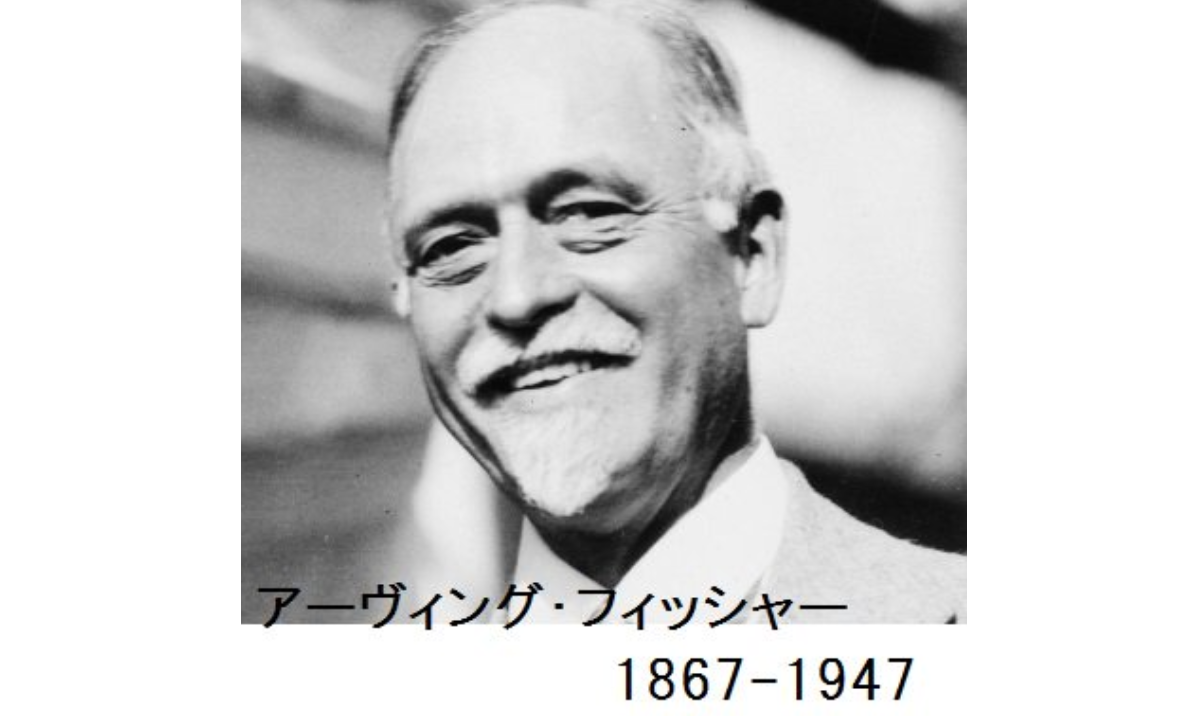The Chicago Plan Revisited, IMF Working Paper, Introduction
1 イントロダクション
大恐慌に陥ってからの10年間は、当時の名だたる思想家たちが、既存の経済システムがもたらした明々白々たる失敗について検証していきました。経済についての知的熟成が進んだ時期でした。
この知的闘争は多くの分野への広がりをみせましたが、その中心となるのはやはり、金融経済学の分野でしょう。中央銀行の政策と民間銀行の行動こそが、危機のきっかけと長期化を招いた主原因だったからです。
当時、アメリカ国内のマクロ経済学者の多くは、シカゴ大学のヘンリー・サイモンズ教授らが提案する通貨改革案を支持していました。その通貨改革案こそが、シカゴ大学にちなんで名づけられた「シカゴプラン」です。
「シカゴプラン」は、イェール大学の政治経済学部教授アーヴィング・フィッシャーに支持され、見事に要約されました。
この計画の主な特徴は、銀行システムの金銭的機能と信用機能の分離を要求したことでした。
まず、政府発行のお金によって、預金の100%の裏付けを要求し、次に、銀行の貸出資金は、政府が発行するお金によって確保される収益から調達することとします。
銀行以外のルートから既存の政府貨幣を借り入れることもできますが、銀行による信用創造すなわち「何もないところ ex nihilo」からお金を作ることは認められません。
フィッシャーは1936年、「シカゴプラン」には4つの利点があると主張しました。
1)銀行が、景気拡大期に独自資金をためこみ、その後の景気後退期に倒産することを防げるため、景気循環変動の主因とされている「貸出周期」を、より良く制御していける。
2)預金を100%保証すれば、取り付け騒ぎは起きなくなる。
3)政府が、銀行から利子負担が発生するお金を借りるのではなく、無利子で直接お金を発行できるようになれば、政府財政の利子負担は軽減され、(純)政府債務を劇的に削減できる。政府貨幣は、国民主権国家にとっては債務というより正当な権利であるがゆえに償還不可能である。
4)銀行のバランスシート上、お金の創造と民間への貸出しは同時に行われている。この仕組みを政府貨幣発行によって変えるならば、政府債務だけでなく、民間債務をも劇的に減少させられる可能性がある。
これらの主張の正しさを検証できれば、シカゴプランが、非常に望ましい政策となるのは火を見るより明らかです。
深遠な思想家フィッシャー(アメリカ経済学会会長でもあった)が率いた有名経済学者らのグループは、歴史的経験と常識に基づいた洞察を行い、現行制度は、信用創造(貸出)によってもたらされる景気の乱高下、銀行取付け騒ぎ、債務の増大などを回避しつつ福祉利益を得ることはできない、つまり経済モデルとしては不完全であると結論づけました。
こうした思索は、公益にかかわる最重要ポイントについての理解を、悪化させたのではなく、前進させたと言えるでしょう。
しかし、私たちは、更に多くの経験的証拠を蓄えています。 景気循環と取り付け騒ぎが高コストであることは、歴史的に実証されています。Reinhart and Rogoff(2009)
経験に基づいた研究では、債務残高の増大は、大きな経済危機を予測する重要因子であるというフィッシャーの見解が支持されています。Schularick and Taylor(2012)このことは、大恐慌や大不況の直前に観察される債務残高の膨張が、深刻な経済危機の前触れであることを示す理論的研究とも一致しています。 KumhofandRancière(2010)
I. IntroductionI. Introduction
The decade following the onset of the Great Depression was a time of great intellectual ferment in economics, as the leading thinkers of the time tried to understand the apparent failures of the existing economic system. This intellectual struggle extended to many domains, but arguably the most important was the field of monetary economics, given the key roles of private bank behavior and of central bank policies in triggering and prolonging the crisis.
During this time a large number of leading U.S. macroeconomists supported a fundamental proposal for monetary reform that later became known as the Chicago Plan, after its strongest proponent, professor Henry Simons of the University of Chicago. It was also supported, and brilliantly summarized, by Irving Fisher of Yale University, in Fisher (1936). The key feature of this plan was that it called for the separation of the monetary and credit functions of the banking system, first by requiring 100% backing of deposits by government-issued money, and second by ensuring that the financing of new bank credit can only take place through earnings that have been retained in the form ofgovernment-issued money, or through the borrowing of existing government-issued money from non-banks, but not through the creation of new deposits, ex nihilo, by banks.
Fisher (1936) claimed four major advantages for this plan. First, preventing banks from creating their own funds during credit booms, and then destroying these funds during subsequent contractions, would allow for a much better control of credit cycles, which were perceived to be the major source of business cycle fluctuations. Second, 100% reserve backing would completely eliminate bank runs. Third, allowing the government to issue money directly at zero interest, rather than borrowing that same money from banks at interest, would lead to a reduction in the interest burden on government finances and to a dramatic reduction of (net) government debt, given that irredeemable government-issued money represents equity in the commonwealth rather than debt. Fourth, given that money creation would no longer require the simultaneous creation of mostly private debts on bank balance sheets, the economy could see a dramatic reduction not only of government debt but also of private debt levels.
We take it as self-evident that if these claims can be verified, the Chicago Plan would indeed represent a highly desirable policy. Profound thinkers like Fisher, and many of his most illustrious peers, based their insights on historical experience and common sense, and were hardly deterred by the fact that they might not have had complete economic models that could formally derive the welfare gains of avoiding credit-driven boom-bust cycles, bank runs, and high debt levels. We do in fact believe that this made them better, not worse, thinkers about issues of the greatest importance for the common good. But we can say more than this. The recent empirical evidence of Reinhart and Rogoff (2009) documents the high costs of boom-bust credit cycles and bank runs throughout history.And the recent empirical evidence of Schularick and Taylor (2012) is supportive of Fisher’s view that high debt levels are a very important predictor of major crises. The latter finding is also consistent with the theoretical work of Kumhof and Rancière (2010), who show how very high debt levels, such as those observed just prior to the Great Depression and the Great Recession, can lead to a higher probability of financial and real crises.
